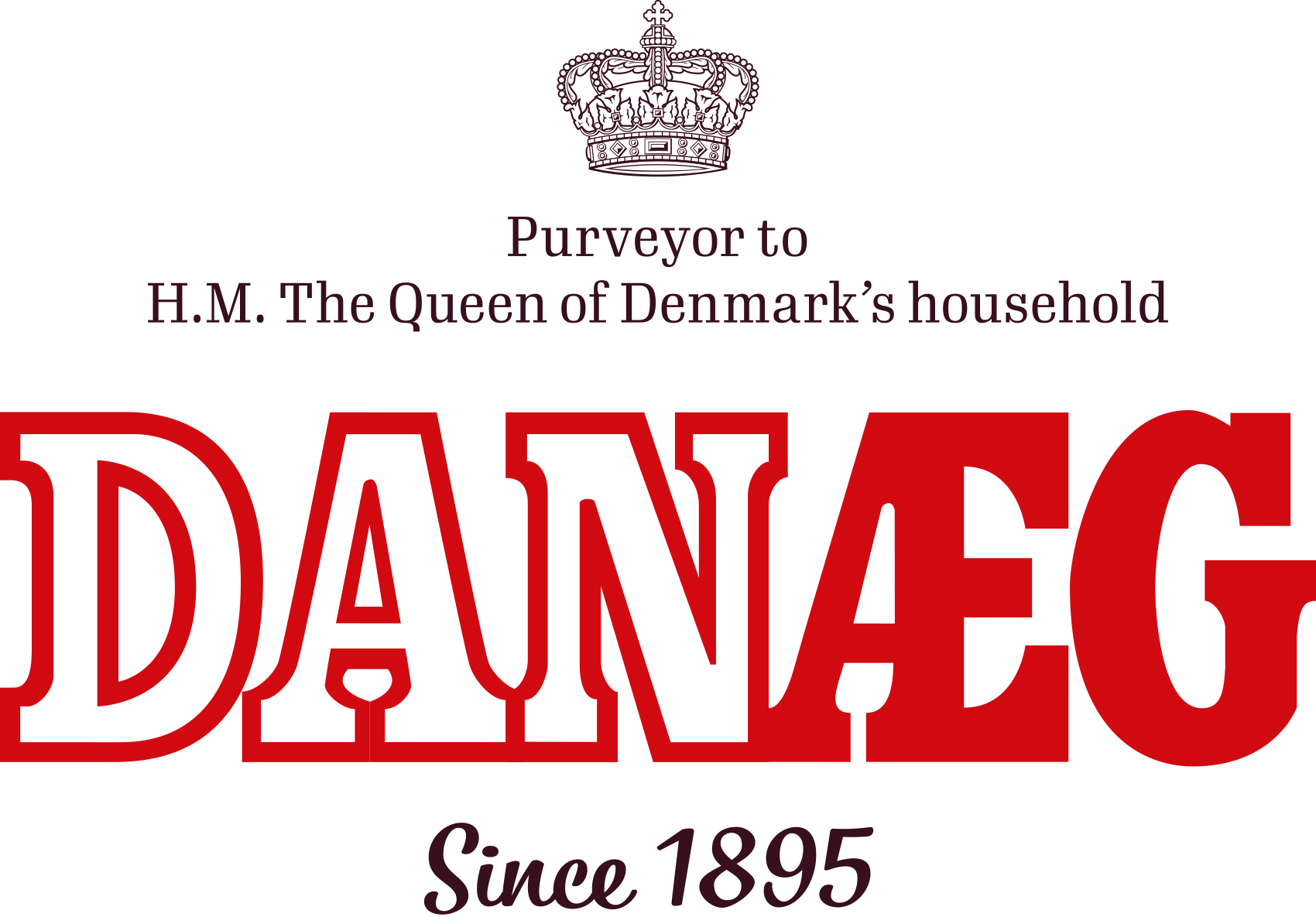FIND YOUR FARMER
Know your egg by its stamp
All our eggs are stamped with a traceability code. The code allows the individual egg to be traced back to the farmer. At the same time, the code shows whether the egg comes from organic, free-range, barn or enriched cage egg production. Danæg was the first in the egg industry to introduce the traceability stamps on eggs in 1895 to increase egg quality, and today it is an EU requirement that all eggs in the EU must be labeled with a traceability code.
ROTTEN EGGS IN ENGLAND
How it all started
Dansk Andels Ægexport was founded as an export cooperative whose largest market was England. At that time, eggs were a by-product of the sale of "the yellow gold", the butter, and eggs were not paid much attention, which is why the eggs often were rotten when they reached the English customers. The establishment of Dansk Andels Ægexport in 1895 was driven by a strong mission to improve the poor quality of Danish eggs.
The egg producers who entered Dansk Andels Ægexport in 1895 were therefore required to stamp their eggs so that the individual farmer could be fined if the quality requirements were not met. The stamps meant that Danish eggs were soon rewarded with higher prices and a good reputation in England.
TRACEABILITY CODES
How to read the stamp
It is the top row of numbers in the stamp on the eggshell, which is related to traceability. The first number reveals the type of egg:
0 = Organic eggs
1 = Free-range eggs
2 = Barn eggs
3 = Enriched cage eggs
The letters DK indicate that the egg is laid in a Danish hen farm. Other EU countries have their own country codes. The last six figures are the individual farm's traceability code. The bottom line is solely production information for our internal use.
